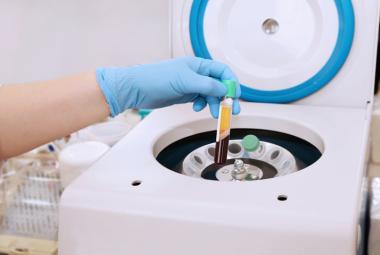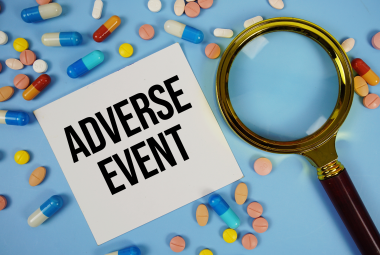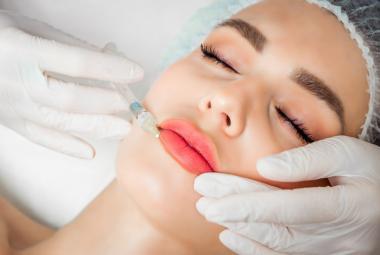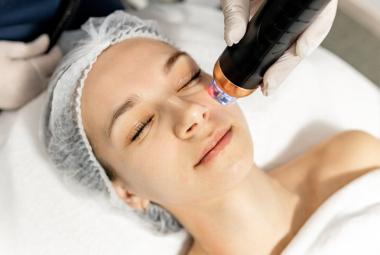Anaphylaxis is a severe, systemic allergic reaction that can be potentially life threatening. A massive release of histamine from the tissues causes a drop in blood pressure, narrowing of the airways, and urticaria. Insect stings, nut products, and latex can all cause anaphylaxis in susceptible people. There have also been several cases published describing a similar reaction to some element of breastfeeding. The women in these case reports experienced symptoms starting 2 to 3 days post-partum that were typically alleviated after lactation either ended naturally or was suppressed by bromocriptine. Each author came to a similar conclusion: the symptoms of anaphylaxis must be caused by breastfeeding, milk let-down, or hormonal changes that occur between end-stage gestation and lactogenesis. Many of these women had also been taking NSAIDs to control pain after giving birth. NSAIDs have been linked to exaggerated histamine responses and the case study authors believed that the drugs might have contributed to the patients’ symptoms.1-5
During pregnancy, the uterus and mammary glands contain increased numbers of mast cells. The histamine granules in these cells are stabilized by increased progesterone during pregnancy and again by corticosteroid release during labor. The abrupt post-partum drop in these hormones is one of the steps to successful lactogenesis, but it may also trigger exaggerated histamine release in an unlucky few.6 While not confirmed by direct studies, this hypothesis is supported by the similarity in timing between the hormonal events and the development of symptoms in the reported cases (both 2-3 days post-partum). Some of the women with breastfeeding anaphylaxis also experienced repeated attacks in subsequent pregnancies. This observation is also consistent with an intrinsic, hormonal cause for the symptoms.
This article was adapted by James Abbey, MD from an original written by Laura Muscianese, MS1.
References:
- MacDonell JW, Ito S. Breastfeeding anaphylaxis case study. Journal of human lactation : official journal of International Lactation Consultant Association. Sep 1998;14(3):243-244.
- McKinney KK, Scranton SE. A case report of breastfeeding anaphylaxis: successful prophylaxis with oral antihistamines. Allergy. Mar 2011;66(3):435-436.
- Mullins RJ, Russell A, McGrath GJ, Smith R, Sutherland DC. Breastfeeding anaphylaxis. Lancet. Nov 16 1991;338(8777):1279-1280.
- Shank JJ, Olney SC, Lin FL, McNamara MF. Recurrent postpartum anaphylaxis with breast-feeding. Obstetrics and gynecology. Aug 2009;114(2 Pt 2):415-416.
- Villalta D, Martelli P. A case of breastfeeding anaphylaxis. European annals of allergy and clinical immunology. Jan 2007;39(1):26-27.
- Rudolph MI, Rojas IG, Penissi AB. Uterine mast cells: a new hypothesis to understand how we are born. Biocell : official journal of the Sociedades Latinoamericanas de Microscopia Electronica. Apr 2004;28(1):1-11.







